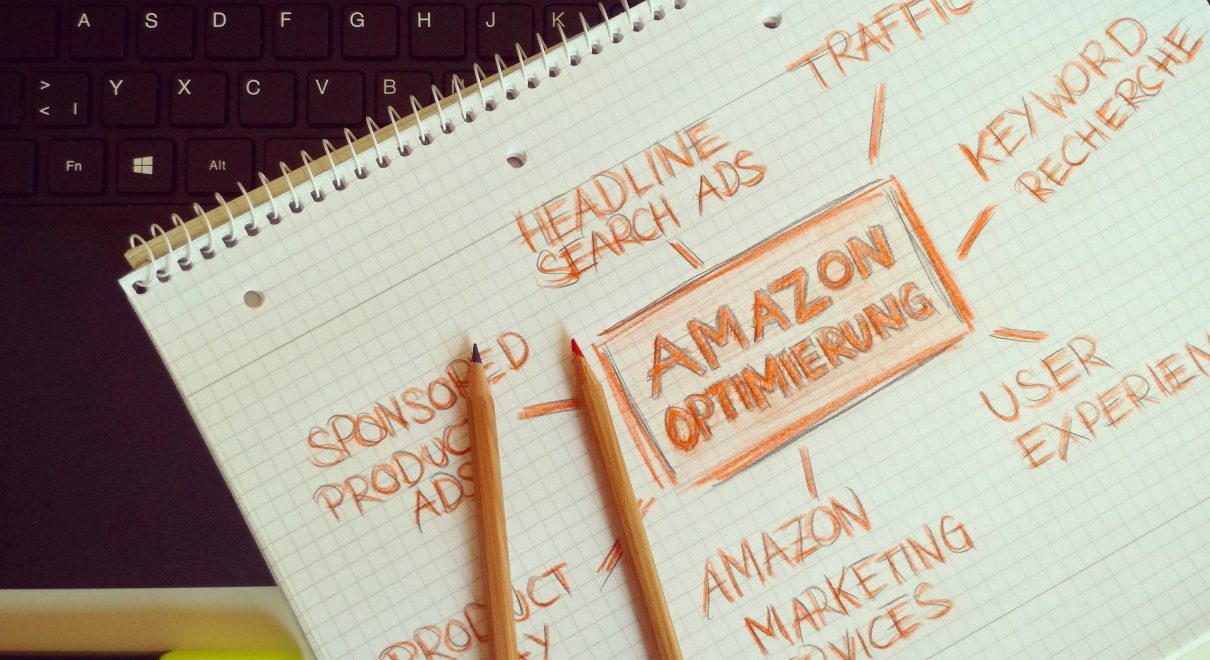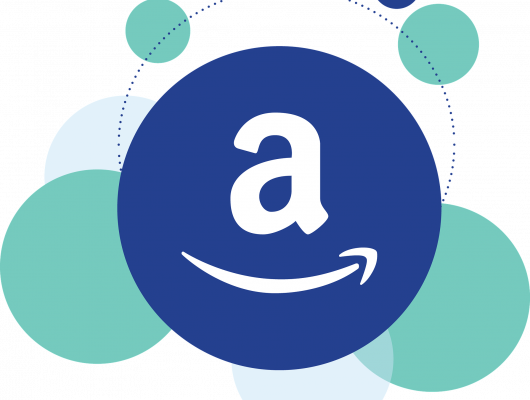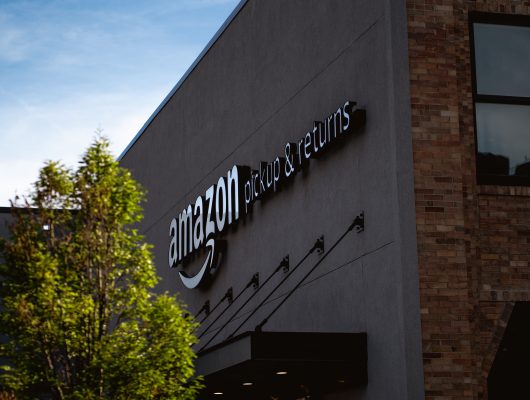Very small retailers can manually reprice based on competitor pricing data they gather to stay competitive. However, this becomes increasingly difficult as the number of products grows.
Whether you’re a brand owner or reseller, automated repricing allows you to modify your prices based on various signals including competitor prices, sales velocity, and inventory levels. With real-time repricing, you can stay ahead of the competition and maximize your sales. There are different strategies exist for brand owners and resellers:
For Brand Owners / Private label sellers
- Track your competitors and adjust your price: You can specify the competitors you want to reprice against and adjust your pricing accordingly. This can be done manually or with the help of a repricing tool by identifying the competitors’ ASINs
- Sales velocity-based repricing: Your pricing is determined by your sales performance and can be applied across all product categories. For instance, let’s consider an item priced at $100 with a sales goal of a minimum of 5 and a maximum of 10 within an hour. If you sell less than 5, the price will decrease, but if you sell more than 10, the price will increase. However, if you sell between 5 and 10 units, the price will remain the same.
For Resellers
- Rule-Based Repricing: Automated solutions are commonly used by retailers to extract competitive pricing data without the need for manual labor. A rule-based system, for example, could adjust the price of a product to match the average of a retailer’s top three competitors or always be one cent below the lowest competitor. These rules can be customized to align with specific business objectives.
- Algorithmic Repricing: The algorithmic approach continuously monitors the impact of price changes on your profitability to determine the optimal price over time. This ongoing process eliminates the need for guesswork and helps maintain the most advantageous pricing for your business. By considering numerous factors such as seller reviews and competitor count, this strategy determines the optimal price that maximizes the chance of securing the Buy Box.
To improve pricing strategy on Amazon, small retailers can manually reprice based on competitor pricing data or use automated repricing tools. For brand owners, tracking competitors and adjusting prices, as well as sales velocity-based repricing, are recommended. For resellers, rule-based repricing and algorithmic repricing are commonly used. A more targeted approach for both is Predictive Buy Box, which considers various factors to determine the optimal price to secure the Buy Box.







